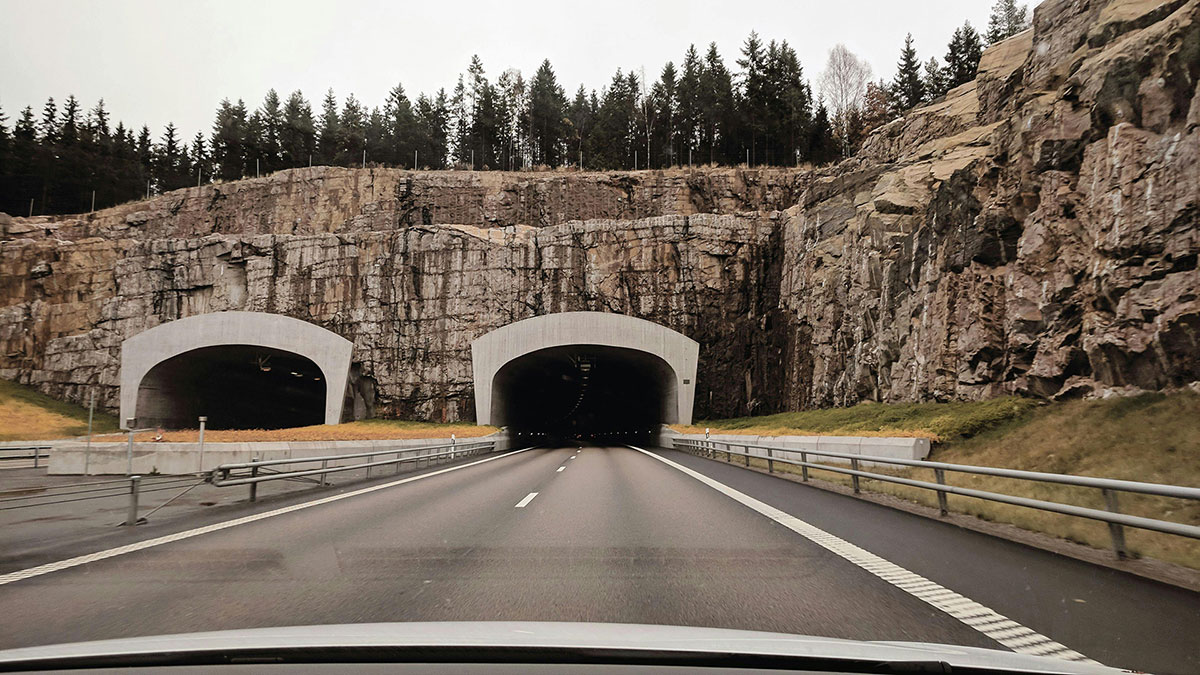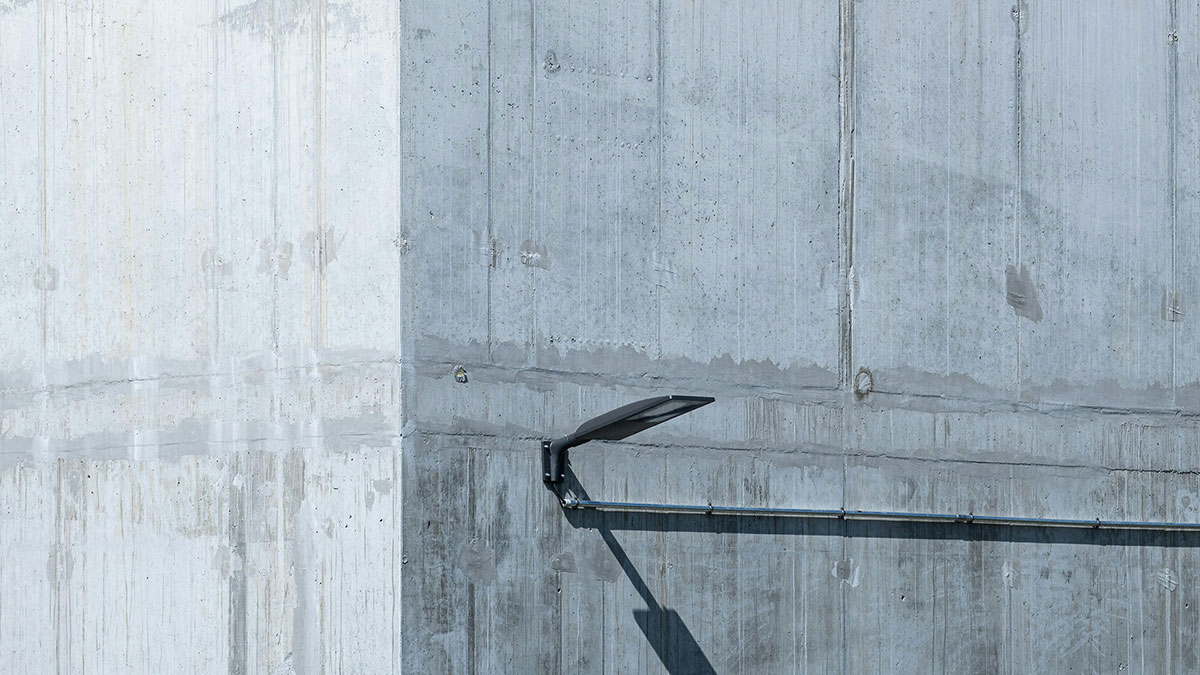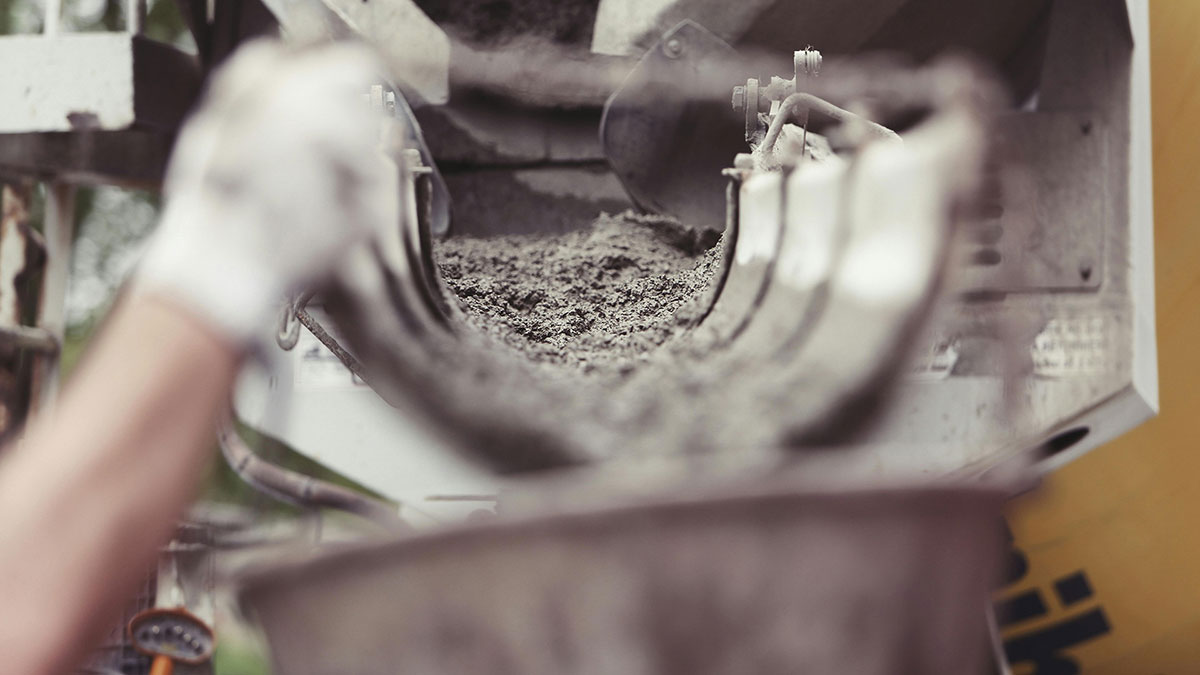SCSC (Self Compacting Sand Concrete) has gained prominence in the construction industry since its development in the 1990s. Originally from Japan and popularised in Europe in the early 2000s, this type of cement is characterised by its ability to flow without the need for mechanical vibration. This peculiarity facilitates its placement in complex structures and significantly reduces labour costs at the same time.
SCSC has been used all over the world for the construction of landmark projects. One of its first large-scale applications was in the Mont Blanc tunnel in the Alps, a structure that demanded precision and strength in extreme conditions. But it also played a key role in the construction of skyscrapers, bridges and major infrastructure, thanks to its durability and load-bearing capacity. In addition, its ability to reduce noise during the application process makes it an ideal choice for projects in dense urban areas.

One of the factors driving its adoption is its contribution to sustainability. By reducing energy consumption during its production and application, SCSC responds to the growing demands of a sector seeking to minimise its environmental impact. Furthermore, the use of recycled materials in its composition increases its attractiveness in projects committed to the circular economy and the reduction of carbon emissions.

Today, SCSC is positioned as one of the best alternatives in the construction of sustainable and efficient infrastructures. With more than 20 years of evolution and development, its presence is still growing around the world, transforming the way in which the construction of large architectural projects is planned and executed.

By Manolo Barberá, Senior Hydraulic Modeller at Amusement Logic’s Architecture Dept.






